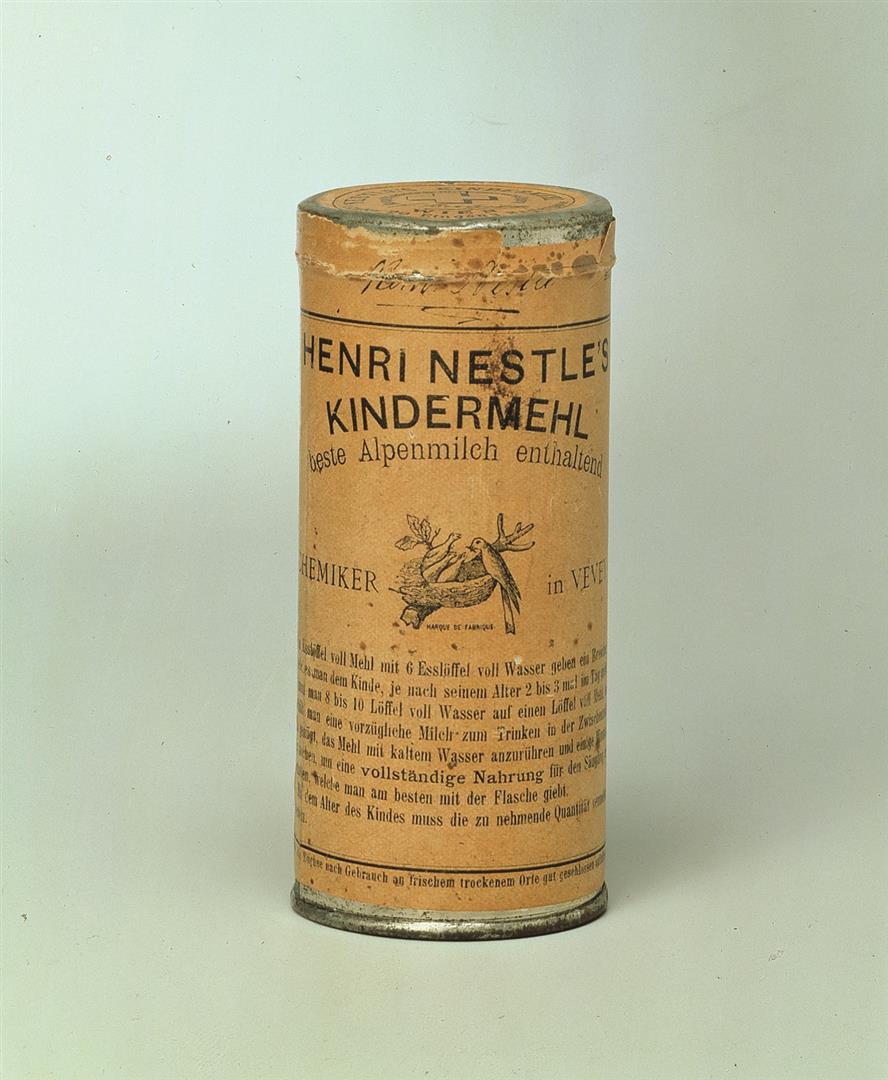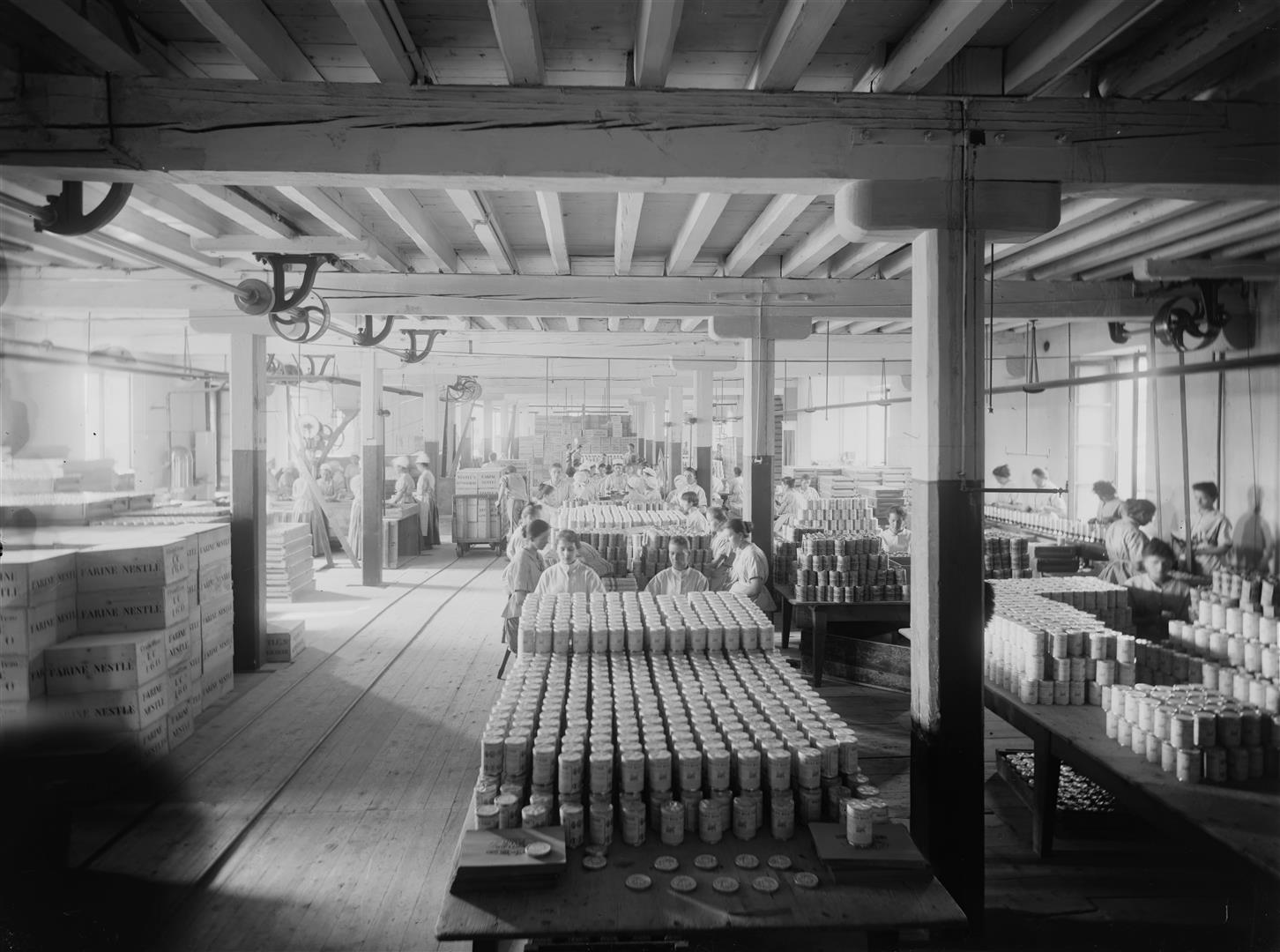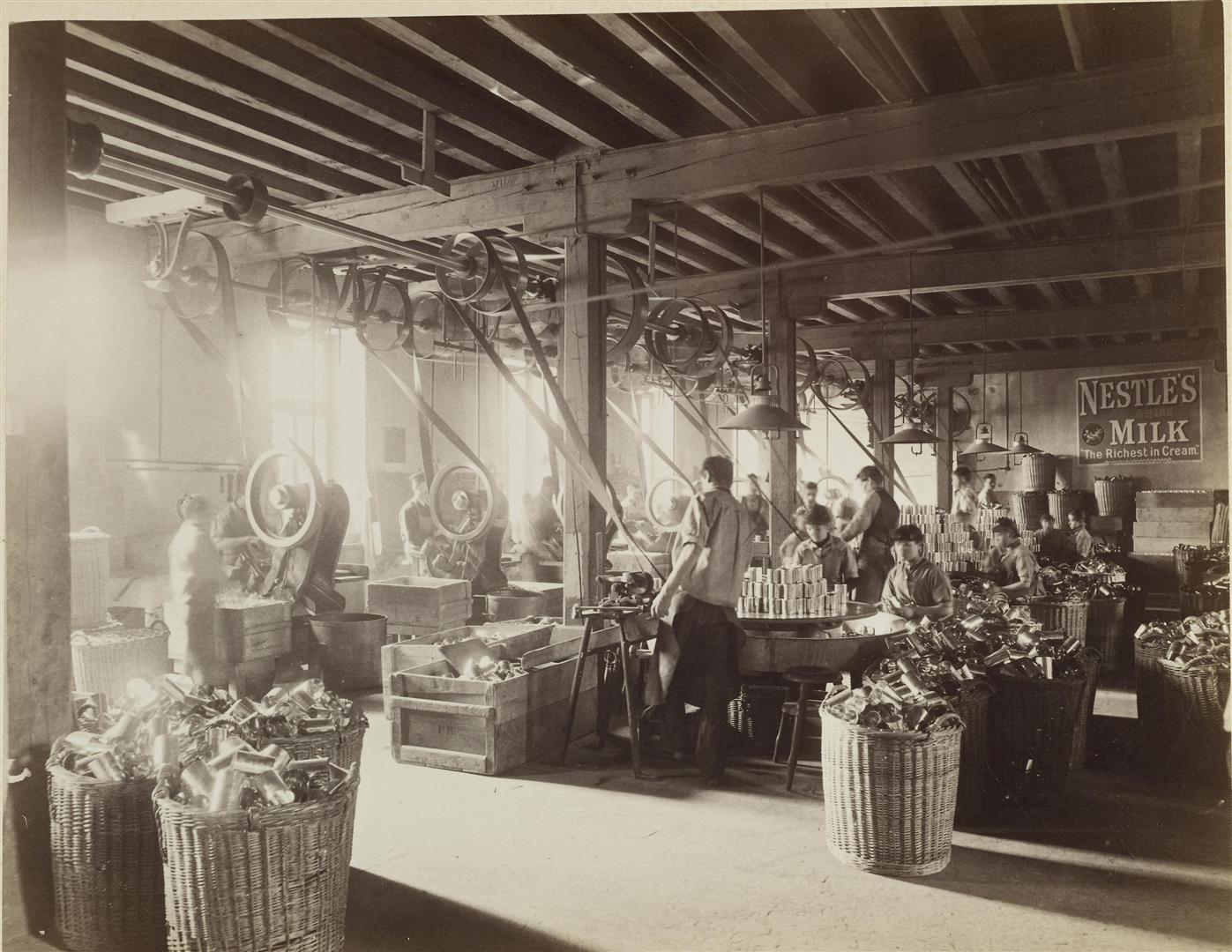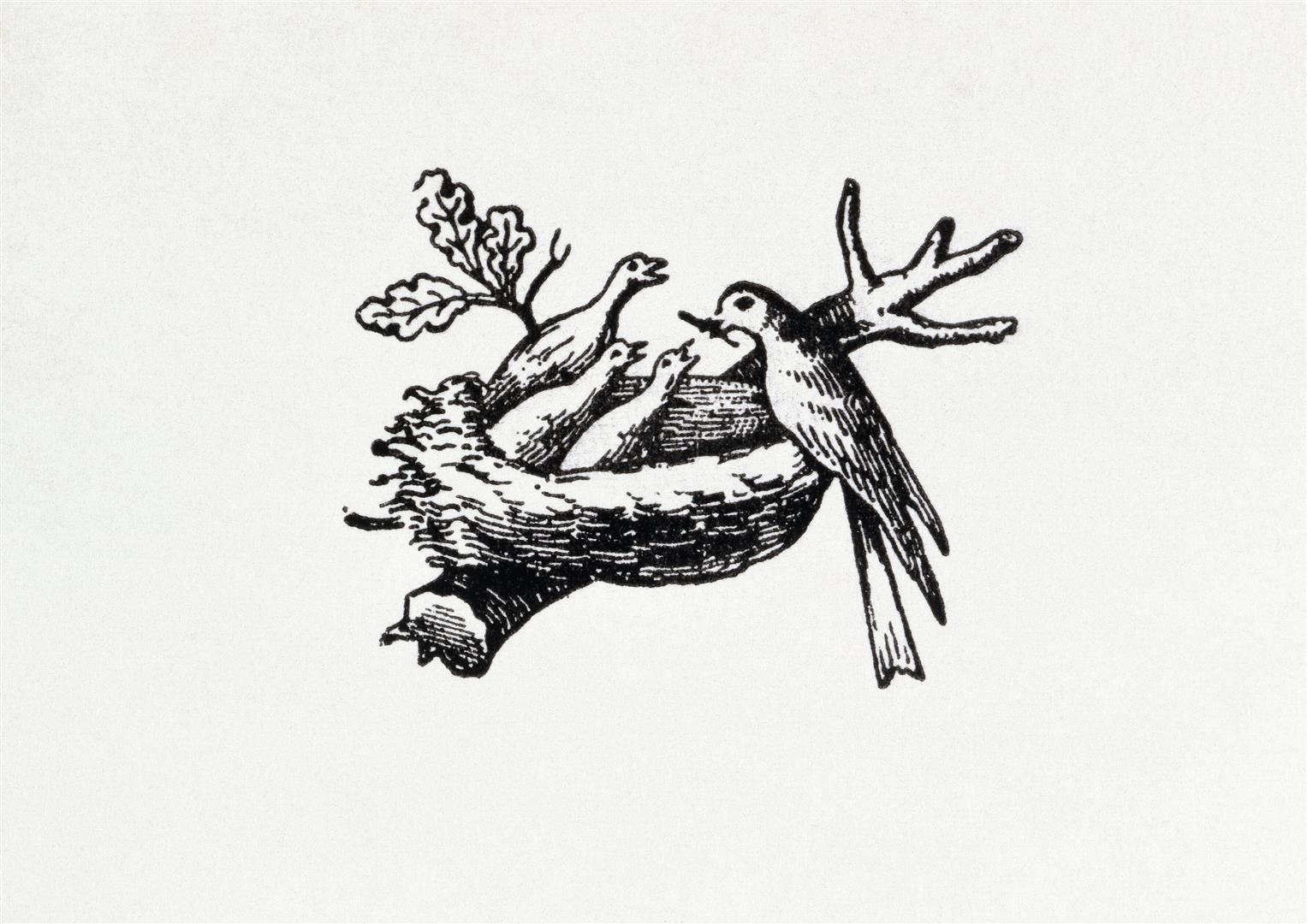Henri Nestlé: the man behind the global enterprise
With his small family business and product inventions, the pharmacist from Frankfurt was eking out a modest living in Vevey. That is, until he came across an exceptionally lucrative market gap: infant formula, made from the finest Swiss ingredients.
Oils, bone meal fertiliser, vinegar, liqueurs, white lead, mustard, mineral water, lemonade, liquid gas, cement – these were just some of the products being developed and sold by Henri Nestlé (1814–90) in Vevey. The trained pharmacist was constantly seeking new sources of income with innovative products for an urban society on the cusp of modernity. He worked incessantly and was not afraid to take risks, but this was not enough to make him rich.
Nestlé's biographers can only speculate on his reasons for settling in Vevey in the Swiss canton of Vaud, and information about his early career is scant. Heinrich Nestle, as he was originally called, was born in Frankfurt am Main, where he went on to train as a pharmacist.

Apprenticeship and journeyman years
Little is known of his activities in the years after completing his apprenticeship in 1834, but it is presumed he spent some time working abroad as a journeyman. It is known that five years later he qualified as a pharmacist's assistant in Lausanne and took up his first position in Vevey. He subsequently set up his own business in 1843.
The pitfalls of living abroad
Having quickly learnt French, he changed his name to the language of his adopted home: Heinrich Nestle thus became Henri Nestlé. Integrating into the local community was not that simple, however, and for decades he had to put up with just a temporary residence permit. Financially too, he was in a somewhat precarious situation: his wide, inconsistent product range offered no real economies of scale, and his small production plant was a long way from industrial-scale mass production.
Milk, bread and sugar: children's flour in a tin
Nestlé's breakthrough was a late and unforeseen development, when he was already 53. Forever seeking the next big thing, he came across the problems still unresolved in the feeding of infants. Infant mortality was very high at the time, and it was believed that a healthy, high-grade alternative to breast milk would save countless babies' lives. Nestlé studied existing chemical analyses of breast milk and conducted various experiments in his lab with milk, bread and sugar. He condensed, vacuum-dried and ground the various ingredients until he found just the right formula. His 'children's flour' came on the market in 1867.

Production takes off
During the trial phase, Nestlé fed his new water-soluble formula to a days-old infant who was extremely poorly and not expected to live. The baby soon recovered, and news of the 'miracle product' quickly spread around the Lake Geneva area. Midwives, mothers and nursemaids eagerly bought up the product, and Nestlé was inundated with orders: 8,600 tins were produced in 1868, already 670,000 in 1874, and over a million just one year later. From Vevey, Nestlé products spread out to become a global phenomenon. By 1874, just seven years after the launch, 18 countries had their own distribution network and local Nestlé agents.


A stroke of marketing genius: the logo with the birds' nest
In just a few years, Henri Nestlé managed to create a global brand together with its own logo. The idea for the bird's nest trademark came from the Nestle family coat of arms (meaning 'little nest' in the Swabian dialect). Creating a somewhat emotional link to his infant formula, Nestlé filled the nest with three open-beaked chicks being fed by their mother.

A million for his life's work
Much to their chagrin, Henri and his wife Clémentine had no children of their own and spent every available moment on their production plant. Eight years later they clearly could do it no longer. In 1875 Nestlé sold his factory for a million Swiss francs – a deal that included his name, the bird's nest trademark and his signature, which vouched for the quality of his products. Nestlé spent the latter years of his life as a wealthy landowner, dressed always in white, and was often seen in his carriage around the vineyards and the shores of Lake Geneva, spending summers in Glion and winters in Montreux. "The climate is excellent, laurel still thrives there, the view is magnificent, and there are plenty of inns. The telegraph, gas lighting and the post represent modern civilisation without its drawbacks; in short, I do not believe one could easily find a finer place on earth in which to enjoy one's life in peace," wrote Nestlé about Glion, where he retired on the heights overlooking Lake Geneva.
His legacy, as is well known, is now a global multinational food and beverage company. Nestlé still has its headquarters in Vevey. In 2016 a museum was opened on the site of the original factory to celebrate the company's 150th anniversary. Called the 'Nest', it is a fascinating world of experience, built to honour the founder and pioneering entrepreneur, Henri Nestlé.





